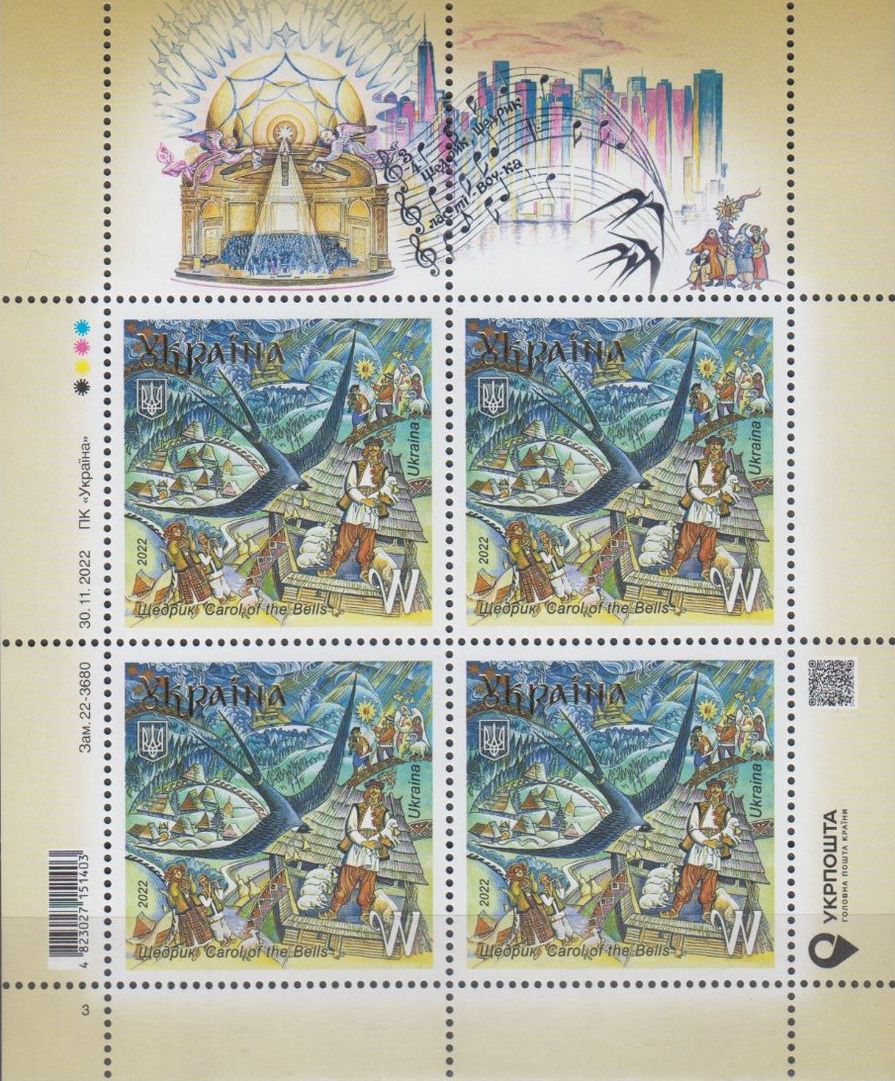
Category: Stamps
Stamp of the Month: December 2022
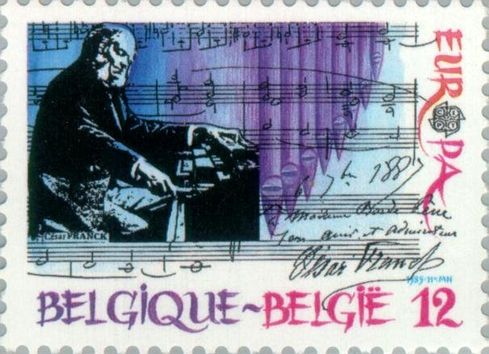
Belgium 11.5.1985
César Franck was a co-founder of the Société Nationale de Musique in 1871 and was later elected its president. In 1885 he became a Knight of the Legion of Honour.
As a composer, César Franck initially wrote piano music with little success. It was only when he took up his position at the church of Ste-Clotilde that he began to write music for the organ. Above all, he had the “simple organists” in mind, who had to arrange the service Sunday after Sunday. For them he composed numerous shorter pieces, which were published in two anthologies entitled “L’Organiste”. He only wrote his best-known works today in the last years of his life.
The video shows the cathedral organist Matthias Maierhofer on the choir organ of the Freiburg Minster, performing César Franck’s “Prélude, Fugue et Variation op. 18”.
Historical organs in Poland

The reconstructed Engler organ
of the Elizabeth Church in Wrocław
The historic organ in the Elisabeth Church in Wroclaw (formerly Breslau) was reconstructed by the organ building company of our member Hans-Georg-Klais in Bonn and inaugurated on January 27, 2022.
Information about the
reconstructed instrument
The checkered history
of the historic Engler organ
Stamp of the Month: November 2022
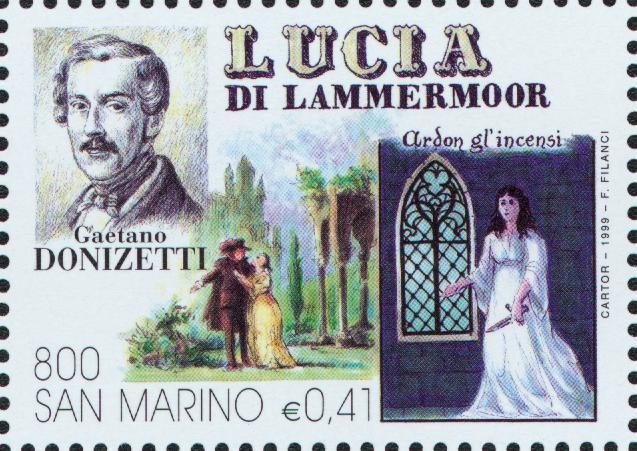
San Marino 12.2.1999
Since its premiere on September 26, 1835 at the Teatro San Carlo in Naples, the opera “Lucia di Lammermoor” depicted on the stamp has had an unbroken tradition of performances and is part of the standard repertoire of opera houses worldwide. Salvadore Cammarano wrote the libretto for the work, known as “dramma lirico”, in two parts and three acts, based on the novel “The Bride of Lammermoor” by Walter Scott. The opera is about two lovers from feuding noble families who are only united in death. The opera is considered one of the highlights of the Bel canto era and a milestone in Italian romantic opera, with Lucia’s “mad scene” (Il dolce suono) as the highlight.
The video shows the Australian soprano Dame Joan Sutherland performing ‘Eccola!’ (The Mad Scene) from Donizetti’s Lucia di Lammermoor in the Australian Opera’s 1986 production at the Sydney Opera House.
In Memoriam: Jerry Lee Lewis
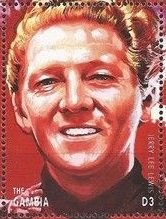
Jerry Lee Lewis was born on September 29, 1935 in Ferriday, Louisiana. At the age of 21 he moved to Memphis, Tennessee, where he got a job as a pianist in a bar. In 1956 he auditioned for Sun Records, which had signed rockabilly musicians such as Elvis Presley, Carl Perkins, Johnny Cash and Roy Orbison.
His first hit “Whole Lotta Shakin’ Goin’ On” (1957) was followed by “Great Balls of Fire” and “Breathless”. His stage performances also became more and more legendary: he played the piano with hands and feet, pushed away the stool and danced around the piano or even set it on fire.
In 1963 Lewis moved to the record company Smash Records and dedicated himself more and more to country music. In the early 1970s he landed some hits in this genre as well, such as “Me and Bobby McGee” and “Chantilly Lace”.
Between 1958 and 2014, Jerry Lee Lewis released 41 albums. He was inducted into the Rock and Roll Hall of Fame in 1986 and the Country Music Hall of Fame in 2022. In 2005 he received the “Lifetime Achievement Award” for his life’s work.
The video features Jerry Lee Lewis performing the hit “Great Balls Of Fire!” from 1957.
Stamp of the Month: October 2022
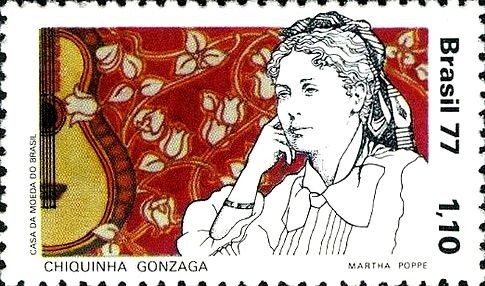
Brasilien 26.4.1977
What is less known is that Chiquinha Gonzaga composed the first carnival hit in the world with the song “Abre Alas” in 1899, thus laying the foundation for the annual carnival anthems of the samba schools at Rio Carnival. The text of the song “Abre Alas, que eu quero passar” (Clear the way, I want to pass through here) can almost be viewed as Gonzaga’s life motto, for despite her successes, she constantly had to defend herself as a publicly active woman against the criticism and hostility of a society dominated by men.
The video shows the Brazilian formation “Choronas”, founded in 1994, with the polka “Atraente” by Chiquinha Gonzaga at a concert in the Teatro Anchieta do Sesc Consolação in São Paulo (November 28, 2011).
Yme Woensdregt and his “Ugly Beethoven”
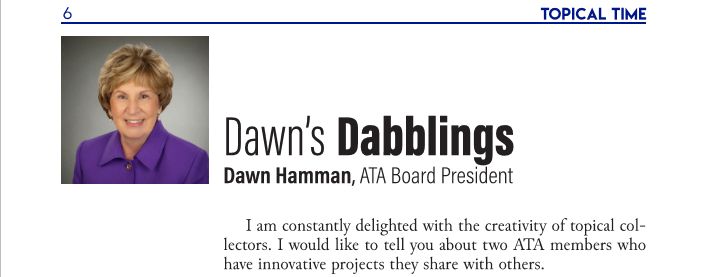

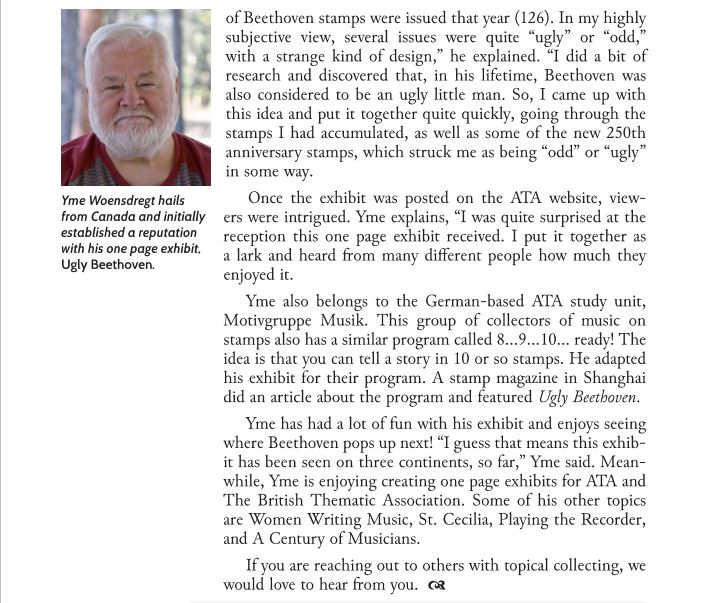

Stamp of the Month: September 2022
Solti studied at the Franz Liszt Music Academy in Budapest with Béla Bartók and Zoltán Kodály, among others. In 1930 he became répétiteur at the Budapest Opera and from 1935 assistant to Bruno Walter and Arturo Toscanini in Salzburg. He made his debut as an opera conductor in 1938 in a performance of The Marriage of Figaro in Budapest.
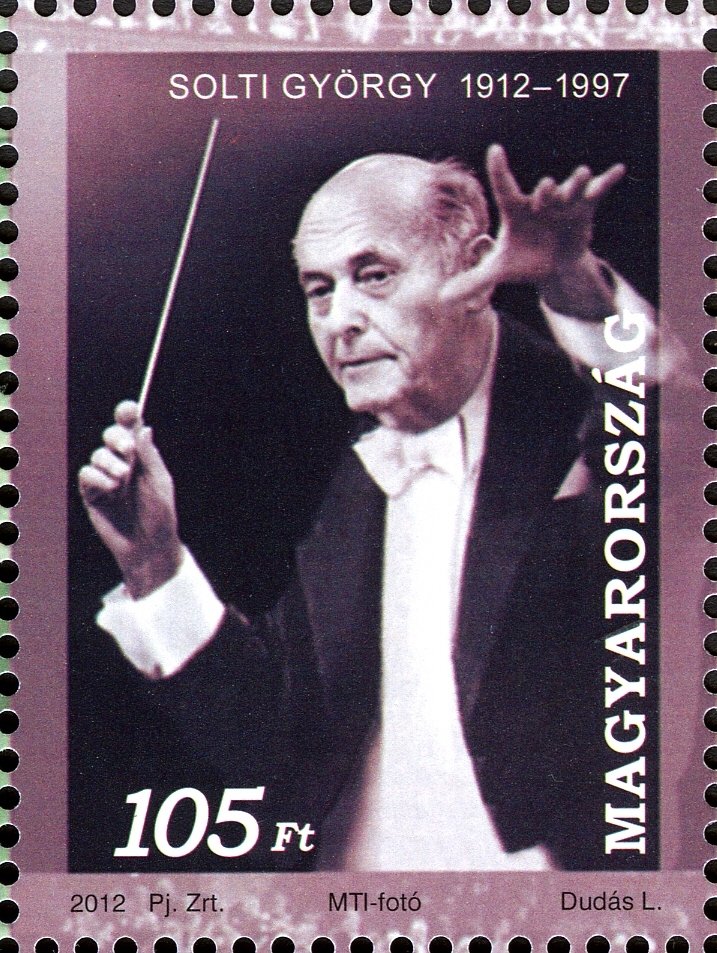
Hungary 6.7.2012
A second major artistic period began for Georg Solti when he became chief conductor of the Chicago Symphony Orchestra (1969-1991). He was also musical director of the Orchester de Paris (1971-1975) and artistic director of the London Philharmonic Orchestra (1979-1983). In 1983 he conducted at the Bayreuth Festival, several times at the Salzburg Festival and, after Karajan’s death, took over as his successor at the Easter Festival for two years.
Georg Solti signed a contract with the Decca record company as early as 1947 and over the years he has recorded all the popular operas by Richard Wagner, Richard Strauss and Giuseppe Verdi for the label. The first complete studio recording of Wagner’s “Ring des Nibelungen” with the Vienna Philharmonic (1958-1965) is still considered a great moment in the history of recordings. Georg Solti has received 105 Grammy nominations and, with 31 awards, is the artist to have received the most awards with the coveted trophy.
In addition to numerous other honours, he was made Commander of the Order of the British Empire by Queen Elizabeth II in 1968 and Knight Commander in 1971 during his tenure in London.
The video shows Georg Solti and the London Symphony Orchestra perfoming the Coriolan Overture, Op. 62 by Ludwig van Beethoven, recorded in 1987 at the Barbican Center in London.
In Memoriam: Olivia Newton-John
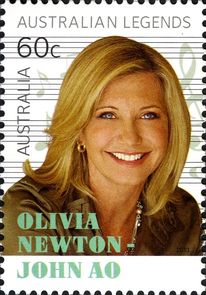
Newton-John was born on September 26, 1948 in Cambridge. In 1955 the family moved to Australia. Already as a schoolgirl she won several singing competitions, founded a girls group and got her first record deal in 1966. With her country, folk, pop and disco songs, she was one of the biggest stars of the 1970s and early 1980s. Between 1973 and 1983 she received 4 Grammys and 9 American Music Awards.

After being diagnosed with breast cancer in 1992, Newton-John went public to share her cancer. She supported numerous charity projects and founded a foundation for cancer research, with the help of which the Olivia Newton-John Canver Wellness & Research Center was opened in Melbourne in 2012.

Stamp of the Month: August 2022
Richter’s father was a German-born pianist who took a job as an organist and choirmaster in Odessa in 1916. From the age of three he ensured that his son received a solid musical education.
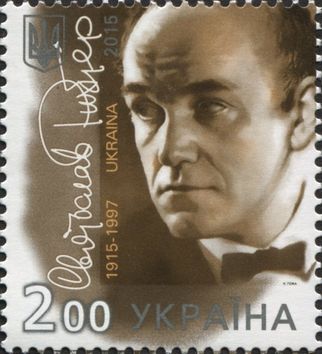
Ukraine 20.3.2015
Richter’s recordings of the works of Tchaikovsky, Schubert, Schumann, Liszt and the Well-Tempered Clavier by Johann Sebastian Bach are legendary. His Préludes by Rachmaninoff are still considered a kind of reference recording today.
In addition to his solo activities, Sviatoslav Richter also played chamber music with, among others, David Oistrakh, Pierre Fournier, Mstislav Rostropovich and Benjamin Britten.
The video shows Sviatoslav Richter performing Mozart’s Piano Sonatas No.4 in E flat major (K282), No.16 in C major (K545) and No.8 in A minor (K310) live recorded at the Barbican Centre, London, 29 March 1989.